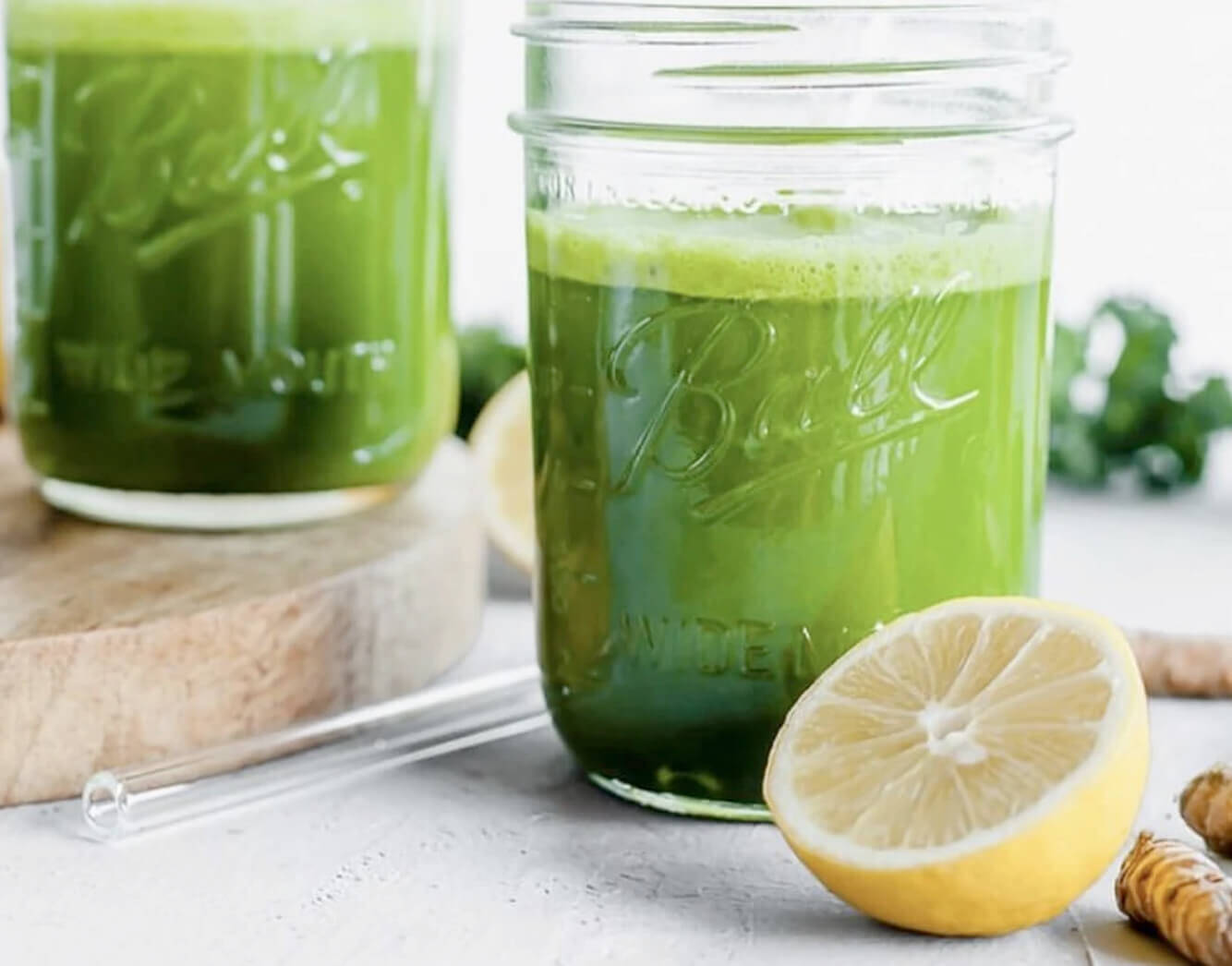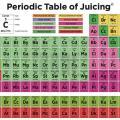by Ilene S. Ruhoy, MD, PhD
To juice fruits and vegetables is to optimize what nature has provided for our longevity and continued well-being. Numerous studies support the health benefits of juicing, including tremendous anti-inflammatory, antioxidant, and anti-carcinogenic effects. Juicing can be a very important part of a healthy lifestyle, whether it was for preventative or therapeutic purposes. It can reduce our risk of many chronic illnesses that plague Americans, including stroke, heart attacks, diabetes, depression, pain, obesity, and autoimmunity.
The best way to incorporate juice is to drink a large glass of freshly made juice, preferably by a home juicer, first thing in the morning. Our gastrointestinal tracts are pure and naïve after our overnight fast. Without the presence of fibrous foodstuffs, our digestive systems have not had to do much work in the form of the secretion of enzymes and acid. So, the multitude of nutrients and compounds present in the juice can rapidly absorb into the cells of the gut, which is highly optimal as there is quick transit time. Therefore, if food is present, in any form, in the gut prior to consuming juice, it may slow down movement from stomach to small intestine and can the juice ingredients can ferment, creating inflammation and decreasing the health benefits. An empty stomach is the best time to consume fresh juice.
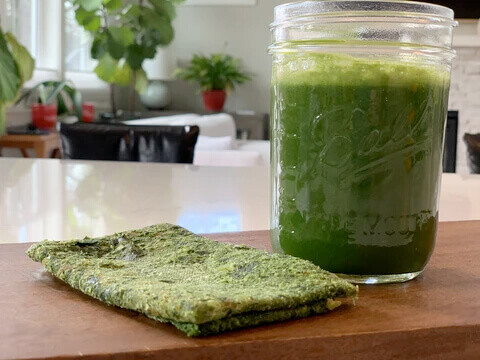
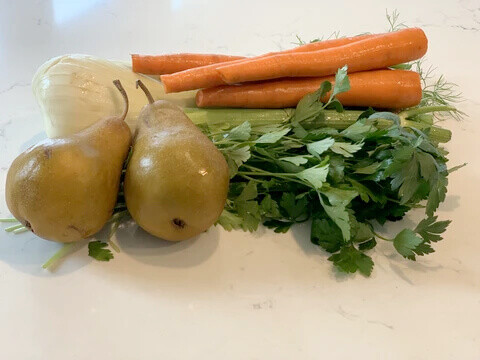
There are a great many symptoms and diseases we can target with juice. For example, berries, turmeric, cucumbers, and carrots have cancer-fighting compounds; turmeric, rhubarb, coconut, blueberries, and blackberries can help minimize the risk of cognitive decline; and mango, kiwi, garlic, dandelion, and blackcurrants can support the immune system. Apples have boron, ginger has zinc, garlic has selenium, parsley has iron, spinach has molybdenum, and chard has selenium. Cabbage has vitamin K, kale has carotenoids, beet greens have folic acid, and oranges have vitamin C. What a bounty!
Juicing is a great way to consume therapeutic amounts of highly beneficial compounds. Kale, for example, has anti-carcinogenic compounds as well as nutrients that lower cholesterol, but how much kale can one eat in a day, or can one eat kale every single day? And if so, to what extent will the diet then exclude other necessary fruits and vegetables?
Therefore, the best approach is to juice daily to ensure we are feeding our bodies and our brain the nutrition it craves. Make the use of your juicer as routine as you would with your morning coffee. It is better than your morning coffee because not only is it more nutritious, but it is hydrating as well.
EXAMPLES OF MONOTHERAPY JUICE MEDICINAL INDICATIONS:
Carrot juice – for high cholesterol, poor digestion, obesity, poor eyesight
Fennel juice – for diarrhea, parasites, menstrual cramps, pre-menstrual syndrome symptoms including bloating, menopausal symptoms, eczema
Celery and Celeriac juice – for hypertension, poor digestion, arthritis, joint and muscle pain. (Note: celeriac juice is not often thought of – but it is delicious!)
Beet juice – for constipation, liver support, arrhythmias, vascular disease, anemia.
Cucumber juice – for hypertension, history of breast cancer, sluggish digestion, high cholesterol
Melon juice – for wounds, poor eyesight, hypertension, vascular disease
Here are some recommended medicinal recipes (for many more see our new book to be published summer 2020 titled PURE JUICING FOR LIFE AND LIVING):
MORNING JUICE RECIPE
for all indications
Powerfully anti-inflammatory and antioxidant
- 2 to 3-inch root turmeric
- 1, 1-inch ginger
- 2 cloves garlic
- 1 apple
- 1 cucumber
- 1 lemon
- A handful of kale off the stem
- 1 dropperful ashwagandha tincture
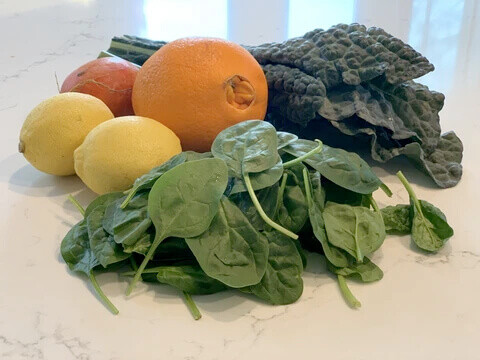
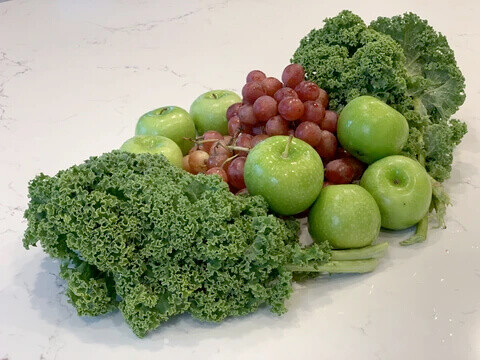
MITOCHONDRIAL RECIPE:
- 1 bunch spinach
- 1 lemon
- 1 lime
- 1 bunch of kale off the stem
- 1 red beet
MAST CELL STABILIZING RECIPE:
- 4 apples
- 1 bunch of red grapes
- 1 bunch of kale off the stem
PAIN RECIPE:
- 1 whole pineapple
- 1 bunch dandelion
- ½ cup pomegranate seeds
- 1 bunch rhubarb
- 1 3-inch ginger
- 20 red grapes
Diet fads and trends are not necessary. Counting calories is not necessary. What is necessary is focusing on what nutrition we are feeding our bodies for optimal function.
There is so much, for our health, we can do with juicing. It can transform the days of our lives by improving our fatigue, our stress, our sleep, our body mass, our cognition, and our pain. So, juice and drink and toast TO LIFE!

